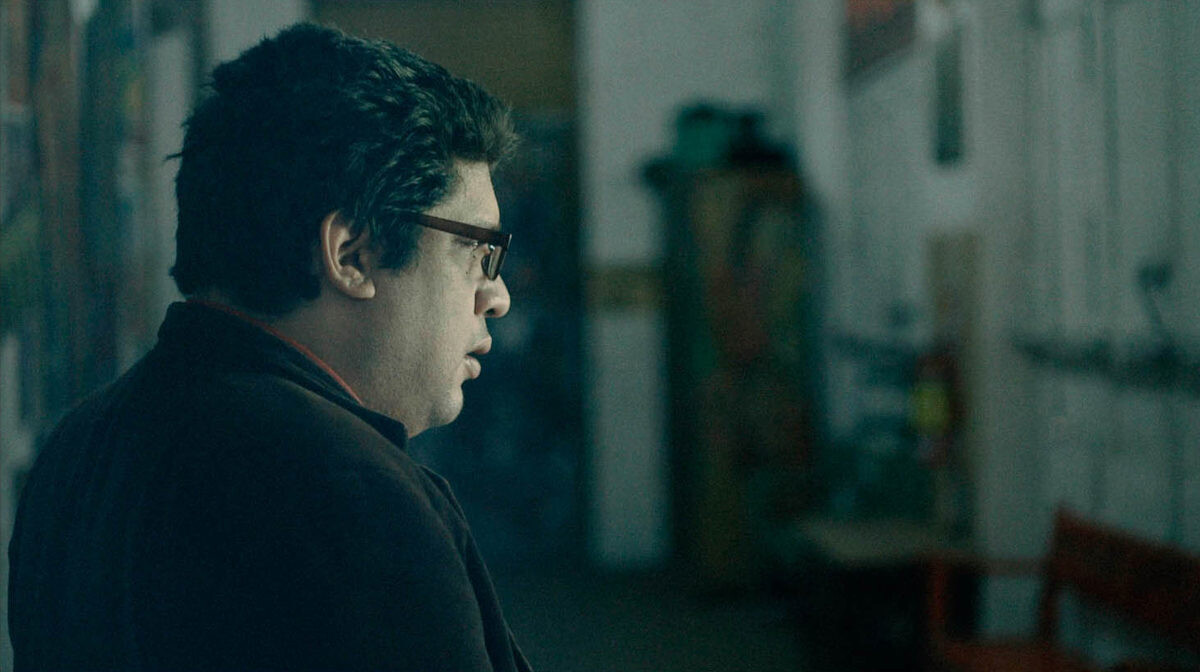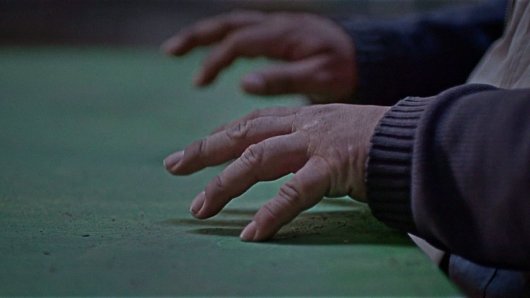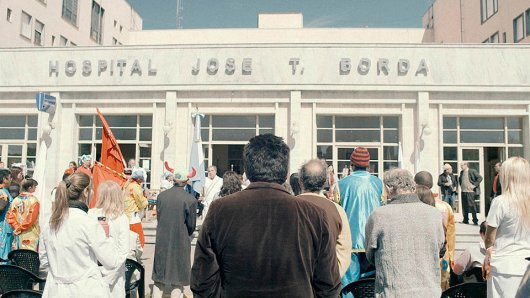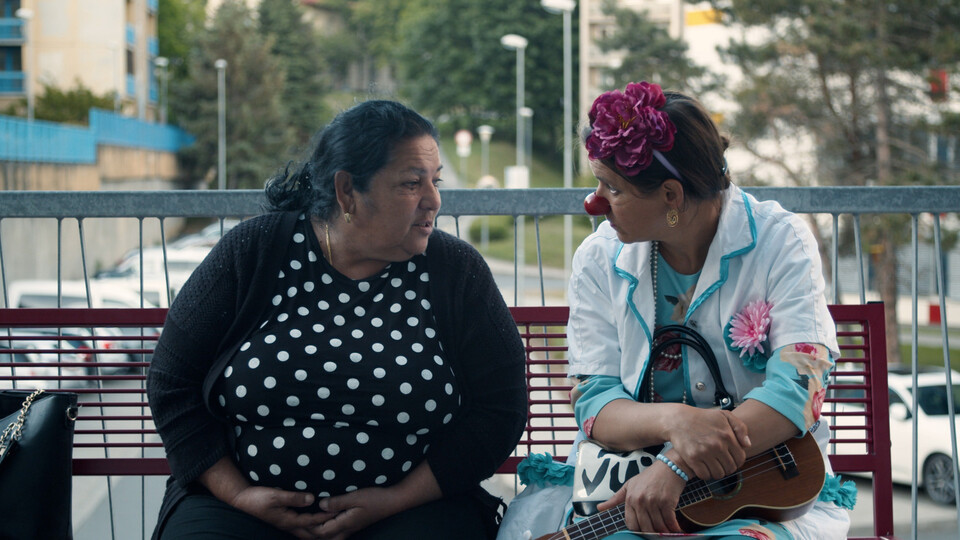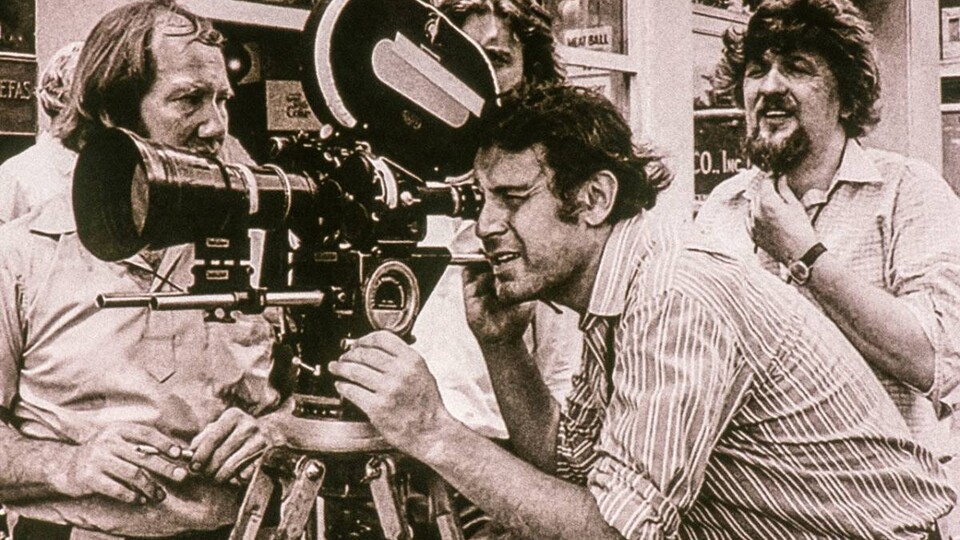Music as a Lag Between Death and Infinity
Stories of people struggling with a handicap might frighten, arouse pity or respect. A collective fear from death, suffering, loneliness, exclusion or strength to overcome barriers is reflected in them. The documentary I Want You If You Dare (2019) by Dana Smržová confronts the viewer with physicality of a gravely deformed young woman. Two Roads (2019) directed by Radovan Síbrt is a portrait of the music group The Tap Tap and underlines physical limitation as a social barrier. The film Solo (2019), which became the winner of this year´s Ji.hlava International Documentary Film Festival Czech Joy section, is different. It shows a handicap which is not seen. The “damaged” organ is the human mind. The portrait of the Argentinian pianist suffering from schizophrenia is a thrilling detective investigation. The French director Artemio Benki, living in Prague, does not show any dramatic situations and concentrates on a silent observation instead. He explores mental landscape of Martín Perino in slowly passing compositions. In a very patient way, he observes everyday being of the character that seems to be just a motionless object, under whose surface, however, inner tension and chaos are tangibly felt. Perino´s hands which constantly play with a cigarette or rap the table or glass to “play” an imaginary piece, drown the stifling silence and reveal nervousness and helplessness. After overdosing seven times, the pianist hid behind the world as well as his own self to the largest psychiatric hospital in South America, El Borda in Buenos Aires. Now he abandons walls of his shelter and returns into hopeless, uncertain and for him dangerous freedom, and nothing but an empty, uncosy house, too similar to his own inner world, awaits him.
Physical existence of the character is not crucial for Benki. He is interested in his mysterious mind. The inner world of a mentally ill person opens room for metaphysical questions about relation of a human to reality. Not only the musician´s mind is schizophrenic. Such is also the core of human being, grounded in the conflict between finiteness and infiniteness, as well as dividedness of unavoidable death and desire to escape from it. This fascinating contrast is imaged in almost a theatrical scene with a puppet of an angel and a demon. A psychologist shows a figure with a face of a beautiful woman with a skull painted on her nape to Perino. He tries to show the patient that the illness, disguised as a beauty, is able to deceive. As a sea Siren, it separates a person from the rational world, lures them and leads into doom.
Solo. Photo Artcam
However, what if it is the illness itself which enables people to take a look into the grievous core of being, while common sense keeps us in a safe and merciful illusion? The mind has a magical ability to invoke demons and fall into nothingness or rise up into heavenly uplands and connect with universal harmony. It is well supported with the scenes showing Perino opening his inner world to people. When he lectures at college, plays in a club or at a party, faces of the audience become serious and concentrated, and the people take a look into their own mind. It seems that Perino´s melancholically calm compositions represent an encounter with something close and unachievable at the same time. The listeners become witnesses of something essentially private, and time stood still for them.
The pianist in Miroslav Janek´s documentary Normal Autistic Film (2016) is able to stop the time, too. Denis, who has been diagnosed with Asperger´s syndrome, does not see his difference as a barrier. He sees it as a gift from above. It is true that he is “a bit out” of the ordinary world. However, at the same time he is constantly connected to a kind of universal mind. Janek pictures this connection in a form of a sensorially intensive experience of a present moment. He shoots the character of his picture in nature and shows Denis intoxicating with sounds, smells, shapes and colours of the forest. When the young musician steps on a rock and starts to sing an opera aria to people in the valley, the moment seems to gain spirituality. However, the strongest moment comes when Denis interprets Steve Reich´s Different Trains. Through this piece, he is able to connect to feelings and minds of people travelling in the Holocaust trains during World War II. He is able to meet the collective mind which exists crosswise time and space. He senses harmonies as well as disharmonies of the world as one big brain.
Solo. Photo Artcam
Benki knows that the inner world of his character is difficult to unfold or handle in a rational way. He offers much more than just an analysis of a medical diagnosis. The mental illness is not seen from the point of view of psychiatry or sociology. It is seen from the point of view of philosophy and almost religious mystique. Explaining dialogues are missing, he sketches Perino´s life mainly through the power of experience. A sensed paradox of the human existence oscillating between being and non-being is aptly named by a priest in the opening scene. A human being is like a vase. Fragile, breakable, but still here.
Translated by Petra Ocelková

